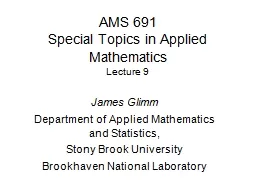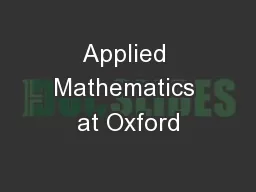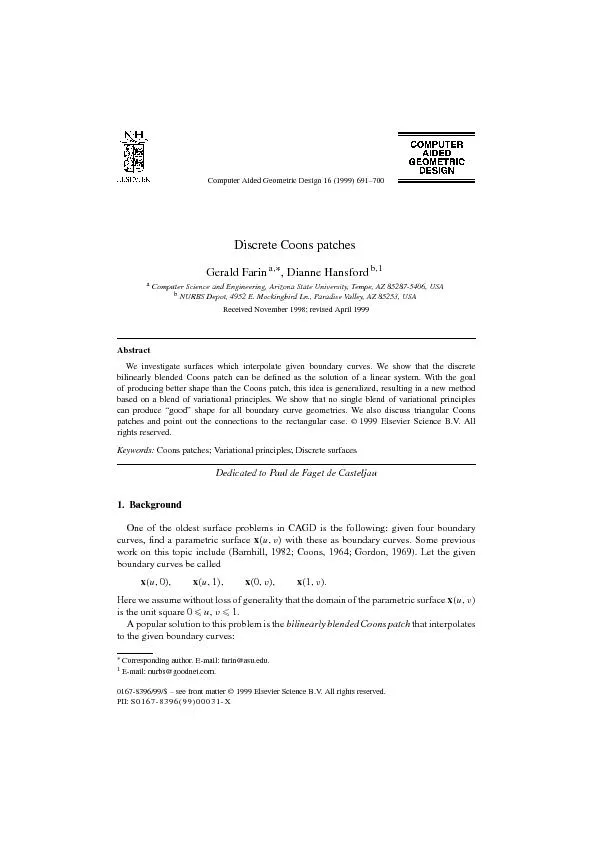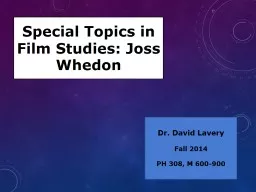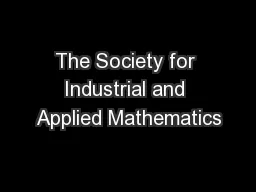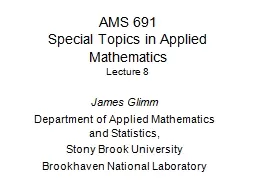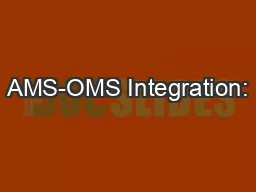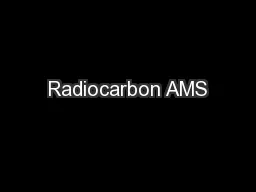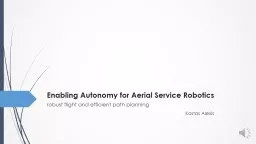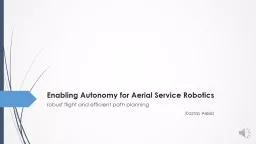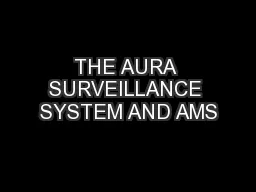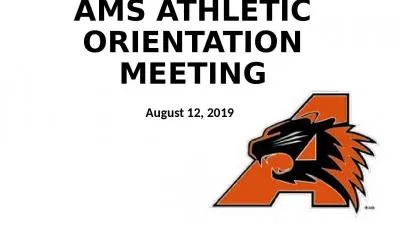PPT-AMS 691 Special Topics in Applied Mathematics
Author : billiontins | Published Date : 2020-08-28
Lecture 9 James Glimm Department of Applied Mathematics and Statistics Stony Brook University Brookhaven National Laboratory Numerical Partial Differential Equations
Presentation Embed Code
Download Presentation
Download Presentation The PPT/PDF document "AMS 691 Special Topics in Applied Mathe..." is the property of its rightful owner. Permission is granted to download and print the materials on this website for personal, non-commercial use only, and to display it on your personal computer provided you do not modify the materials and that you retain all copyright notices contained in the materials. By downloading content from our website, you accept the terms of this agreement.
AMS 691 Special Topics in Applied Mathematics: Transcript
Download Rules Of Document
"AMS 691 Special Topics in Applied Mathematics"The content belongs to its owner. You may download and print it for personal use, without modification, and keep all copyright notices. By downloading, you agree to these terms.
Related Documents

